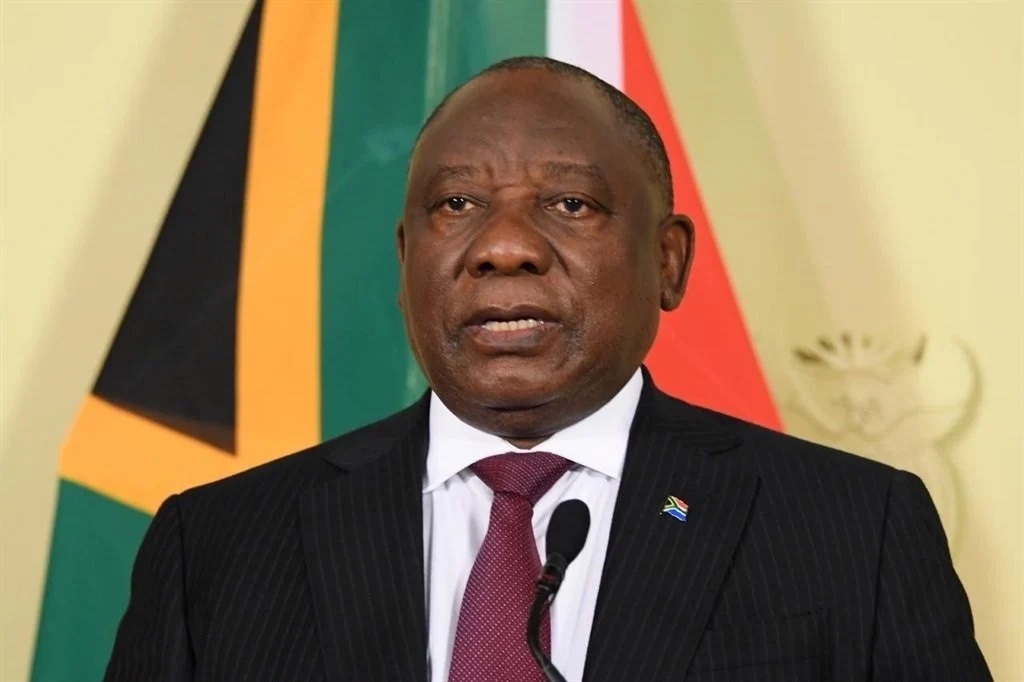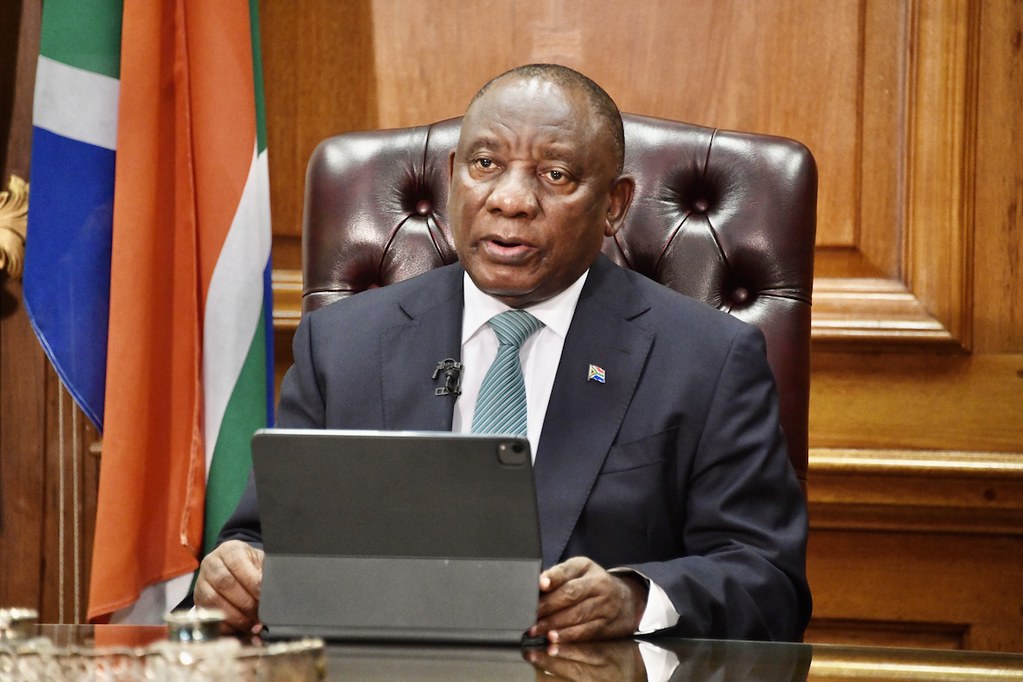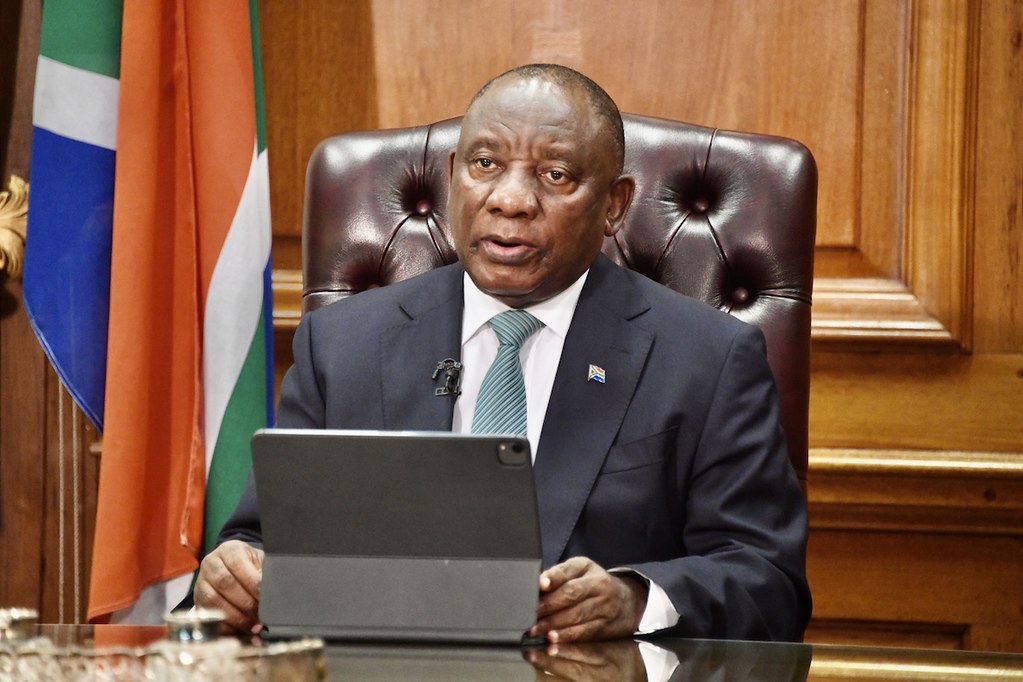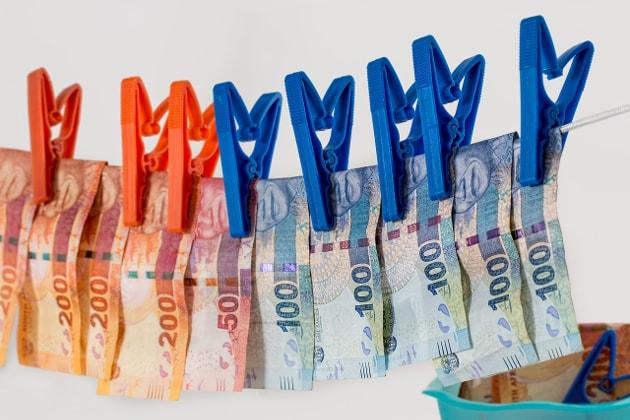The environment or economic stability? A tough choice placed before environmentalists opposing Shell’s seismic survey along the Eastern Cape’s pristine Wild Coast as Mineral Resources and Energy Minister Gwede Mantashe accused protesters of oppressing South Africa’s economic development in the name of environmental protection. But it’s not that simple. The environmentalists argue you cannot solve one problem with another, and destroying our oceans with several coastal surveys in the pipeline is not a solution.
Mantashe has to look no further than Mozambique to see what’s wrong with Shell’s Wild Coast plan. A report on BusinessLive outlines our African peer’s dilemma: In 2016, the IMF predicted that, assuming production and export of Mozambican liquefied natural gas started in 2021, the “average real GDP growth rate between 2021 and 2025 could reach 24%”. Fast-forward to December 2021 and a report by independent think-tank E3G paints a sombre picture: Mozambicans are now on average poorer than they were a decade ago. Revenues from gas are predicted to be half of what the energy ministry claims — if they materialise at all. The focus on gas has diverted attention and resources from investment in renewable energy, for which Mozambique, much like South Africa, has some of the highest potential in the world.
Seismic surveys are not uncommon along the South African coast, but with increasing awareness on climate change and environmental destruction for profits to benefit a few has unleashed a huge public outcry. And there are no good excuses left to continue with any fossil fuel exploration.
Be that as it may, for Shell the sea is about to get rough, with probably the most successful class action litigator in the country, Richard Spoor, taking the argument of traditional leaders to court.
In another environmental shocker, poachers last night slaughtered five rhinos in a reserve just outside Cape Town. The 24-hour Anti-Poaching Unit raised the alarm as they found the horrific scene of four shot rhino while on their regular patrols. A fifth was found shot in the face. A reward of R100,000 has been offered for information that will lead to the successful arrest of the criminals.
In the markets, the rand led EM currencies weaker yesterday as it closed 1.34% weaker at R15.92 on a very poor manufacturing production number which showed a surprise 8.9% YoY contraction. Adding to the unit’s gloom was “a substantial risk-off move ahead of today’s US inflation data, which is expected to show a 6.8% YoY jump in CPI. This would be the highest rise in inflation since 1982, when it touched 7.0%. Analysts also expect the Fed to announce a much faster pace of taper, which would open the way for an interest rate hike as early as March next year in the US. Market caution was also heightened by a warning from the IMF over the spread of the omicron variant and its impact on global economies”, writes TreasuryONE.
Today, the rand continues to trade on the back foot, changing hands at R16.03 against the US dollar at last count.
Here’s a roundup of the world’s top and most interesting headlines:
SA Business
- NPA’s Hermione Cronje launches a double strike on Gupta Inc’s dirty Optimum Coal deal – Daily Maverick
- SARS tax crackdown turns to PPE vendors, Pandora Papers – Fin24
- Sanral sets aside R3bn to benefit local SMMEs during N2 Wild Coast road construction – Engineering News
Global Business
- Inflation near 40-year high shocks Americans, spooks Washington – Bloomberg
- A former UPenn student just sold his homework — graded by Elon Musk in 1995 — for $7,753 – Business Insider
- Mining billionaire Beny Steinmetz arrested at Athens Airport – Bloomberg
Markets
- Asia markets follow Wall Street to dip at open – AFP
- Tesla and Bitcoin to blame for exodus from Vietnam’s stocks – Bloomberg
- Rand facing a difficult Christmas – BusinessTech
Opinion/In-depth
- Parastatal paralysis: South Africa’s state-owned enterprises are debt traps and urgent intervention is necessary – Daily Maverick
- EXCLUSIVE | Audio recordings reveal how pastor and wife plotted murder for insurance payouts – TimesLive
- Hybrid warfare is on the rise globally. Might South Africa’s Eskom be its latest victim? – The Conversation
Video











